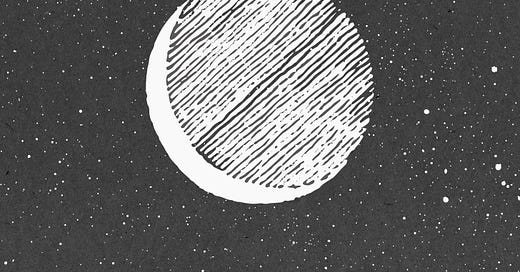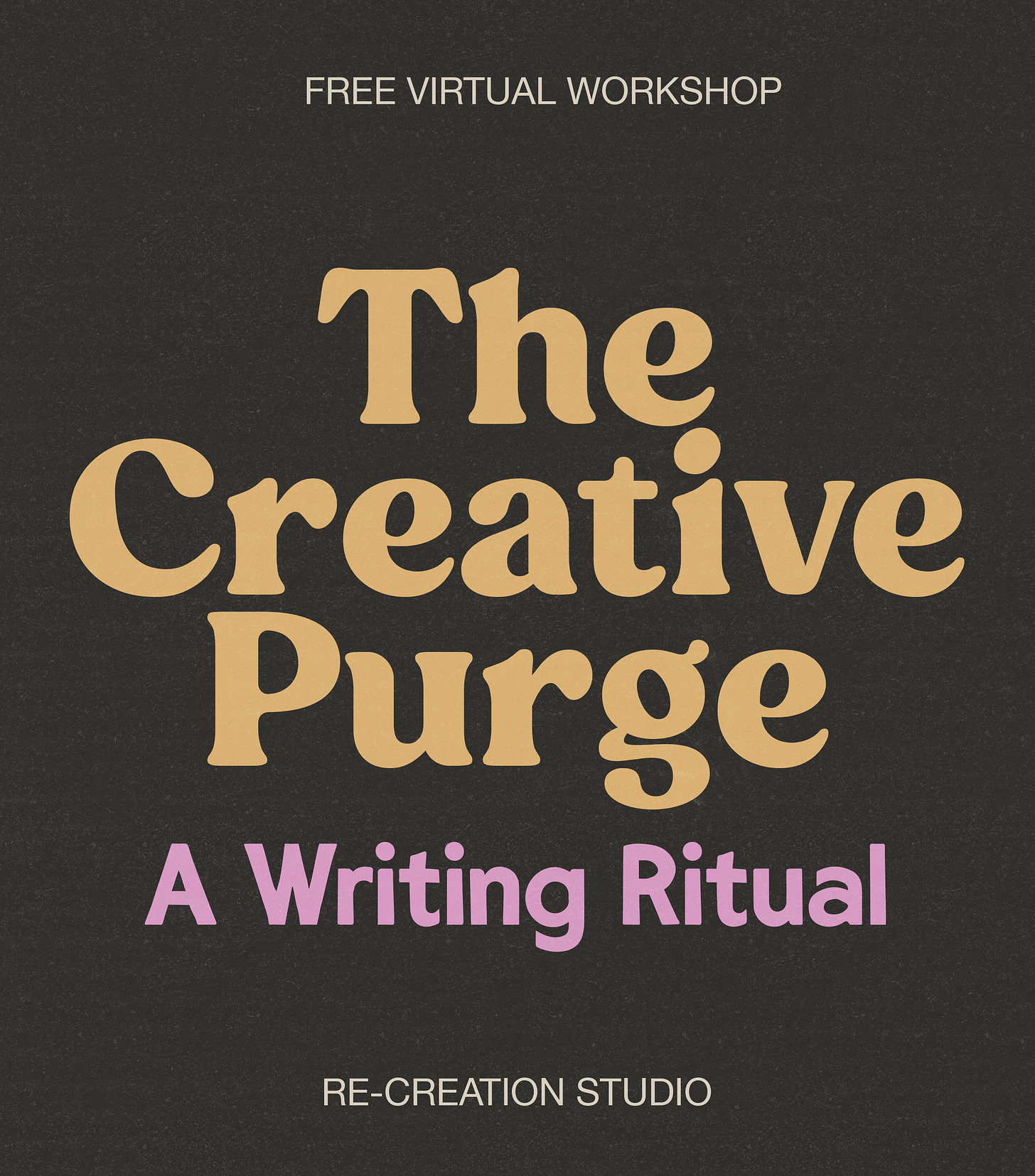Many spiritual traditions tend to emphasize “love and light” as the path to healing and salvation. This means focusing our awareness on the good, the pure, the beautiful. And while love and light are certainly desirable, the artist does not fear the darkness.
We live in a world of duality: yin and yang, pleasure and pain, light and shadow. Art gives us a safe place to explore and express the darkness, a form of shadow work that helps us process and release painful thoughts and emotions.
The psychologist Carl Jung wrote about “integrating the shadow” as a way to become a healed and whole person. Integrating the shadow means looking and feeling within, embracing and transmuting the thoughts and feelings which could be considered negative, and in doing so bringing the hidden, subconscious self into the light of awareness.
According to Jung, “By not being aware of having a shadow, you declare a part of your personality to be non-existent. Then it enters the kingdom of the non-existent, which swells up and takes on enormous proportions. If you get rid of qualities you don’t like by denying them, you become more and more unaware of what you are, you declare yourself more and more non-existent, and your devils will grow fatter and fatter.”
Some of the most beautiful songs are the saddest songs. When we hear the sadness of others expressed in creativity, it comforts us to remember we are not alone. We can’t experience love and light by bypassing the darkness that may be lingering beneath the surface.
No matter how you feel, art is a place to be fully yourself – to cry, to express rage, to confront your demons. And this honesty opens a portal of connection with others who might relate. Vulnerability creates intimacy.
How creative transmutation works:
Life happens. We experience emotion, trauma, and thoughts of all kinds.
An imprint of our experiences is registered in the body.
We either suppress or express it.
When an emotion is suppressed, it gets stuck in our system and can lead to spiritual or physical sickness. Like a house that gradually accumulates dust, clutter, and dirty dishes, our bodies, minds, and emotions need regular upkeep to process and release data and energy that get stored up over time.
There are many ways to purge toxins, stuck energy, and emotions. You can sit in a sauna and sweat it out. You can drink ayahuasca and vomit. You can go to therapy and talk it out. There’s also therapeutic value to somatic exercises like breathwork, yoga, and dance.
Having a creative practice is another way to look within to process and purge what we find.
Making art is similar to giving birth. Something is growing inside you that wants to be released. You can’t force it. The idea (like the baby) needs to be nurtured over time. When it’s ready to be born, it happens automatically and often without warning.
Creativity needs raw materials to work with. Your body must be pregnant with emotions and energy to express. Life experiences, both good and bad, give us more materials to draw from.
Over the years I have sat in a number of ayahuasca ceremonies. This psychoactive brew has been used by Indigenous South American tribes for centuries as a potent plant medicine. After drinking the tea under the supervision of a trained facilitator, one will typically experience visual hallucinations, moments of profound insight, and even vomiting.
While uncomfortable, this vomiting (called purging) is an important part of the process. According to ayahuasca tradition, this purge is not only physical. It is energetic, and removes stuck emotion and suppressed trauma from the body. I have found ayahuasca to be a healing and transformative experience. But to my surprise, no matter how many cups I drink, I rarely purge. My bucket remains empty.
At first I thought I was suppressing something. Perhaps my body and mind are afraid to lose control. Once, during a ceremony in Costa Rica led by a Peruvian medicine man and visionary artist named Moises, I asked if I was doing something wrong. Moises told me that we can purge in many ways. Sweating, laughing, crying and singing are all ways to release energy and emotion.
As a painter, Moises said he often felt like he was purging his subconscious mind through his paintbrush onto the canvas. And I realized that I do this too. Each morning, when I sit down to write, I am looking within myself, feeling my emotions and releasing them – letter by letter, word by word – into my notebook. This is a creative purge, an energetic detox, a cathartic release.
This helped me realize that creativity is about more than the end result. Creativity can be a spiritual practice, a healing modality, and a form of self-care. The final output may be a beautiful work of art. Or it might resemble a pool of vomit, a messy reflection of your inner world.
Art doesn’t need to hang inside a gallery or be published in a book to be considered successful. The act of creation itself is healing. It’s not about being good at creativity. It’s about creativity being good for you.
Practice a writing purge:
Tune in. To start, practice meditation or some form of physical movement. Do anything to clear your mind and deepen your awareness.
Drop into your body. Notice how you feel, both physically and emotionally. Pay attention to your chest area surrounding your heart. What is your body trying to tell you? Sit with your body and emotions for a few minutes. Don’t analyze or judge them. Simply be with them.
Verbal vomit. Write for 10 minutes without stopping. Writing as quickly and spontaneously as possible. It doesn’t have to be pretty. Simply let your words vomit onto the page.
In this free workshop, I share my process for accessing deeper creative inspiration by alchemizing emotion and life experiences into writing.
Includes:
Video presentation
Guided meditation
Writing exercise









This is SO GOOD and so beautiful, and so full-circle, as it, itself, is a work of creativity and art.
Thank you for creating this!!!!